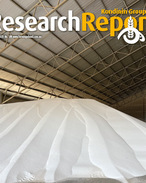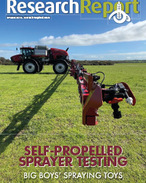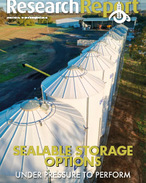This article is 9 years old. Images might not display.
The minnow, which started life looking at a more traditional lignite-to-liquids project, has spent $4 million in assessing its oxidative hydrothermal dissolution (OHD) technology with US-based partner Thermaquatica and Monash University.
Initial horticulture and cereal crop trials were completed with very positive results, with crop yields increased by 49 per cent and a reduction in fruit rot by 53%.
Production of OHD bio-stimulant fertiliser is just 10% of the cost of traditional bio-stimulant fertiliser manufacturing process.
Typically made from seaweed or kelp, bio-stimulants such as Seasol generally retail for between $3500 and $7000 per 1000 litres wholesale, but Greenpower's production costs are $350-$700/kL.
The partnership is now planning to move to the next stage, trialling OHD on broad acre cereals next year.
If successful it will build a 20 tonne per day pilot plant from 2018.
"Over three years of dedicated focus by the Greenpower management team and $4 million in shareholder funds have been spent in getting the OHD process to point of successful trials which confirm the bio-stimulant fertiliser produced by the OHD process could be a competitive substitute to the current expensive alternatives used by the horticulture and cereal cropping industry," Greenpower executive director Gerard King said.
The OHD process was invented by American scientist Professor Ken Anderson and converts carbonaceous materials, such as coal, into a range of low molecular weight organic compounds.
The coal is crushed, turned into a slurry and subjected to heat and pressure and liquefied oxygen in a process that is clean and recovers mostly water.
Greenpower has the exclusive licence on the technology for the next 15 years in Australia and New Zealand.
The proposed plant will be built in the Latrobe Valley. It could initially buy coal in batches from an existing mine, but Greenpower has also proved up a significant coal resource of its own as part of its earlier CTL trials it could trial mine.























